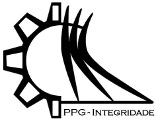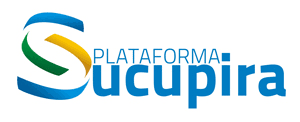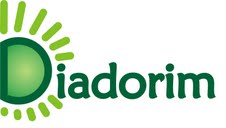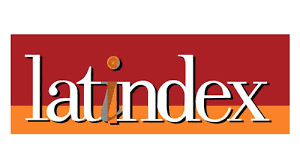Um modelo biomecânico para a resposta do sistema imune à inflamação do ventrículo esquerdo incluindo efeitos de remodelagem e crescimento
Keywords:
Computational mechanics, growth, remodeling, finite element method, biomechanics.Abstract
This article addresses the cardiac biomechanical response with growth during cardiac muscle inflammation. Biological tissue reacts to stimuli through growth and remodeling, with special relevance in the heart due to heart disease. This study presents a mathematical model that describes the cardiac biomechanical response during inflammation, considering the diffusion of cytokines and the hypertrophy caused by them. The model uses continuous and volumetric growth mechanics, coupled with a cytokine diffusion model. Computational experiments are performed to demonstrate the proposed approach. This work presents a new model that may be useful to understand the complex mechanisms associated with the biomechanical responses of the heart in inflammatory conditions, contributing to the field of biomechanics.
References
Amin, M. N., Siddiqui, S. A., Ibrahim, M., Hakim, M. L., Ahammed, M. S., Kabir, A., and Sultana, F. (2020). Inflammatory cytokines in the pathogenesis of cardiovascular disease and cancer. SAGE Open Medicine, 8:2050312120965752.
Campos, J., Sundnes, J., Dos Santos, R., and Rocha, B. (2020). Uncertainty quantification and sensitivity analysis of left ventricular function during the full cardiac cycle. Philosophical Transactions of the Royal Society A, 378(2173):20190381.
Fajgenbaum, D. C. and June, C. H. (2020). Cytokine storm. New England Journal of Medicine, 383(23):2255–2273.
Gharee-Kermani, M. and Pham, S. (2001). Role of cytokines and cytokine therapy in wound healing and fibrotic diseases. Current Pharmaceutical Design, 7(11):1083–1103.
Holzapfel, G. A. (2002). Nonlinear solid mechanics: a continuum approach for engineering science.
Kuhl, E. (2014). Growing matter: a review of growth in living systems. Journal of the Mechanical Behavior of Biomedical Materials, 29:529–543.
Logg, A., Mardal, K.-A., and Wells, G. (2012). Automated solution of differential equations by the finite element method: The FEniCS book, volume 84. Springer Science & Business Media.
Paul, W. (2008). Fundamental Immunology. Fundamental Immunology. Wolter Kluwer/Lippincott Williams & Wilkins.
Rodriguez, E. K., Hoger, A., and McCulloch, A. D. (1994). Stress-dependent finite growth in soft elastic tissues. Journal of biomechanics, 27(4):455–467.
Sáez, P. and Kuhl, E. (2016). Computational modeling of acute myocardial infarction. Computer methods in biomechanics and biomedical engineering, 19(10):1107–1115.
Taber, L. A. (1995). Biomechanics of growth, remodeling, and morphogenesis.
Thomas, T. P. and Grisanti, L. A. (2020). The dynamic interplay between cardiac inflammation and fibrosis. Frontiers in physiology, 11:529075.
Yoshida, K. and Holmes, J.W. (2021). Computational models of cardiac hypertrophy. Progress in biophysics and molecular biology, 159:75–85.
Zhang, Y., Bauersachs, J., and Langer, H. F. (2017). Immune mechanisms in heart failure. European Journal of Heart Failure, 19(11):1379–1389.
Downloads
Published
Issue
Section
License
Copyright (c) 2024 Revista Interdisciplinar de Pesquisa em Engenharia

This work is licensed under a Creative Commons Attribution-NoDerivatives 4.0 International License.
Given the public access policy of the journal, the use of the published texts is free, with the obligation of recognizing the original authorship and the first publication in this journal. The authors of the published contributions are entirely and exclusively responsible for their contents.
1. The authors authorize the publication of the article in this journal.
2. The authors guarantee that the contribution is original, and take full responsibility for its content in case of impugnation by third parties.
3. The authors guarantee that the contribution is not under evaluation in another journal.
4. The authors keep the copyright and convey to the journal the right of first publication, the work being licensed under a Creative Commons Attribution License-BY.
5. The authors are allowed and stimulated to publicize and distribute their work on-line after the publication in the journal.
6. The authors of the approved works authorize the journal to distribute their content, after publication, for reproduction in content indexes, virtual libraries and similars.
7. The editors reserve the right to make adjustments to the text and to adequate the article to the editorial rules of the journal.









